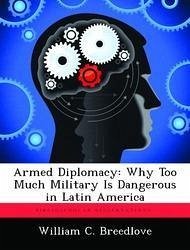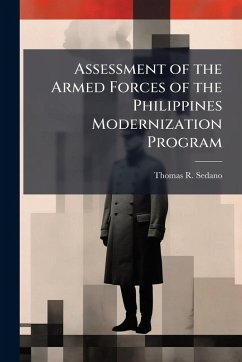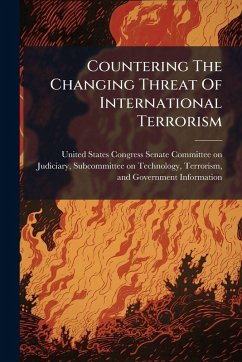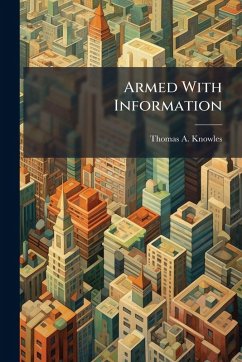
Bargaining Theory and Building Strategies for Countering Armed Groups

PAYBACK Punkte
7 °P sammeln!
The author believes that elements of bargaining theory and negotiation techniques typically used in economic and business are powerful tools in building strategies that will guide the use of force through the ebbs and flows of persistent conflict. His paper demonstrates that the theories and techniques of bargaining are not new to war, rather they are found throughout classic war theory in the writings of Sun Tzu, Thucydides, and Carl Von Clausewitz. He notes that in response to the increasing prevalence and potential of global instability caused by non-state armed groups, many scholars have t...
The author believes that elements of bargaining theory and negotiation techniques typically used in economic and business are powerful tools in building strategies that will guide the use of force through the ebbs and flows of persistent conflict. His paper demonstrates that the theories and techniques of bargaining are not new to war, rather they are found throughout classic war theory in the writings of Sun Tzu, Thucydides, and Carl Von Clausewitz. He notes that in response to the increasing prevalence and potential of global instability caused by non-state armed groups, many scholars have turned away from these theorists and searched elsewhere for guidance on building strategies to counter armed groups. This work has been selected by scholars as being culturally important, and is part of the knowledge base of civilization as we know it. This work was reproduced from the original artifact, and remains as true to the original work as possible. Therefore, you will see the original copyright references, library stamps (as most of these works have been housed in our most important libraries around the world), and other notations in the work. This work is in the public domain in the United States of America, and possibly other nations. Within the United States, you may freely copy and distribute this work, as no entity (individual or corporate) has a copyright on the body of the work. As a reproduction of a historical artifact, this work may contain missing or blurred pages, poor pictures, errant marks, etc. Scholars believe, and we concur, that this work is important enough to be preserved, reproduced, and made generally available to the public. We appreciate your support of the preservation process, and thank you for being an important part of keeping this knowledge alive and relevant.












